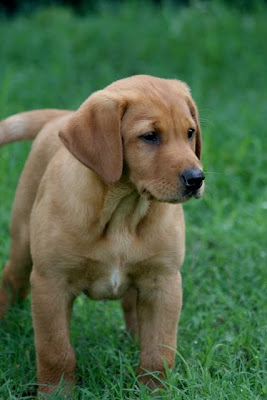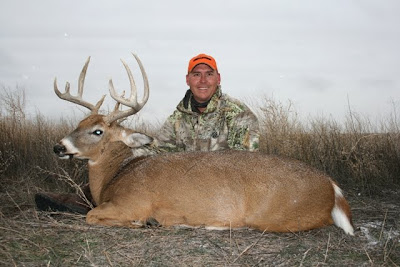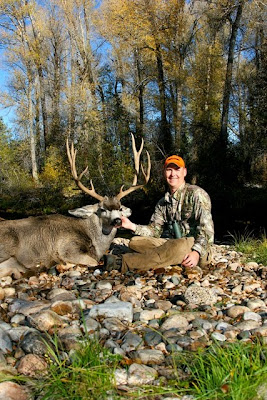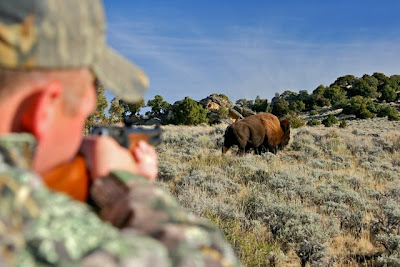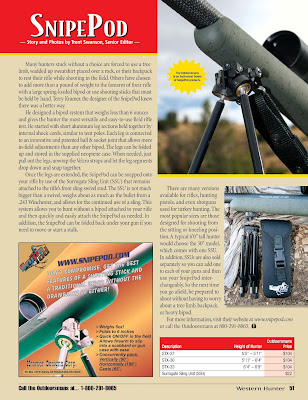
The Outdoorsmans Optics Pack on a muzzleloader mule deer hunt in Arizona's desert.
When Floyd Green first told me about the new Outdoorsmans Pack, I must admit I was mystified. Why in the world would he invest in all the research, design, and manufacturing necessary for making a pack when there are already great companies such as Eberlestock, Badlands, and Mystery Ranch that only make packs? Even after I first tried one on at an SCI Show, I was not convinced. It wasn’t until I got it out into the field and filled it with gear that I realized what Floyd’s excitement was all about.
First off, I have never tried the framepack from Badlands, and have not worn any pack from Mystery Ranch, but I hear they are both awesome. I have, however, backpacked off-and-on for most of my life including three summers working for the Forest Service where we packed our gear and tools into the wilderness for a week at a time. During my backcountry trips, I have used old-fashioned aluminum external frames and high-end internal frame packs. I also have carried a pack of some sort on every big game excursion I’ve been on for the past 15 years or so. The hunting packs I’ve used include Crooked Horn, Tarantula, Badlands, Eberlestock, and the Outdoorsmans. Each pack has pros and cons. I can’t say that one is better than the others, just different.
As for the Outdoorsmans pack, it is a large pack in size, capacity, and weight handling. If you are looking for a small, dainty pack to carry a bottle of water and an extra coat, this is not the pack for you. This is a pack for the guy who carries lots of optics including a tripod, spotting scope, 15’s, a pad or chair, plus all the necessary comfort and survival tools necessary for a day on the mountain. It is also perfectly suited for longer trips where more gear must be carried, but I have not used it like that yet.

If you "gear-up" before hunting, this pack is for you!
The basis for the pack is the external frame. I’m told it’s made from some sort of carbon/resin composite. The thing I know is that it is lightweight and flexible. Flexible, you say? An external frame that is flexible? Yes, and it is the most compelling reason to buy this pack. The frame itself can flex and move with you regardless of the weight you add. It truly functions like an external frame, but carries like an internal frame. The frame can be used by itself or with a bag. I have only used it once by itself, and that was to help a friend pack out a mule deer. The buck wasn’t the biggest on the planet, but we just strapped the whole thing onto the pack after it was gutted and walked out.

The Outdoorsmans Frame easily handles the weight of a gutted mule deer.
Next is the harness and waist belt. They are both designed to carry your load comfortably and distribute the weight accordingly. Both are very comfortable, but the waist belt is very difficult to adjust. Newer generations of the waist belt have gotten better, but I have to unhook my waist belt to tighten it, which is not very practical while hiking. It is the only major complaint I have with the pack. They now make a few different bags in different materials and for different purposes. The bag I have is the Outdoorsmans Optics Pack in Realtree Max-1. There are full-length side pockets running down each side that are sized perfectly for a full-size spotting scope and the excellent Outdoorsmans Tripod. There is a pocket inside the pack for a water bladder, extra pockets on the top, front, and sides, and even an ingenious rifle/bow carrying system. I regularly filled the pack with a Swarovski 80mm HD spotting scope, Swarovski 15x56mm binoculars, a Canon camera with 28-300mm lens, plus an extra 50mm lens and external flash, a survival kit, first aid kit, SnipePod, 3 liters of water, extra clothing, and all the various sundries I like to carry such as a flashlight, headlamp, extra batteries, and knives. I’ve never weighed everything, but I bet my regular gear adds up to 35 pounds.

The Outdoorsmans pack is suited for long excursions or scouting trips.
I have used this pack in many different settings on many different hunts. I prefer some of the other packs for shorter trips, or if I simply want a smaller pack, but I think it is a great choice for anyone wanting something more than a simple daypack. The way the frame flexes with you as you move allows you to run-and-gun in comfort, while the load-hauling capabilities of the frame itself, not to mention the bag, are phenomenal. The bag is well-designed and easy to use without too much getting used to. With the addition of the new accessory pods and new fabrics, the Outdoorsmans Pack will fit the bill for nearly any backcountry excursion. For more information call the guys down at the Outdoorsmans at 800-291-8065 or check out their website: Outdoorsmans Website.
Details: The three packs in the Outdoorsmans Pack line are the Outdoorsmans Optics Pack (capacity 5400 cu in, weight 7 lbs 3 oz) available in Reealtree Max-1 or Sonoran Brown, the Outdoorsmans Longrange Hunter Pack (capacity 7,000 cu in, weight 7 lbs 7 oz) available in Realtree Max-1, and the Wilderness Athlete Pack (capacity 4,800 cu in, weight <6 lbs) available in Grey/Blue and Red.










